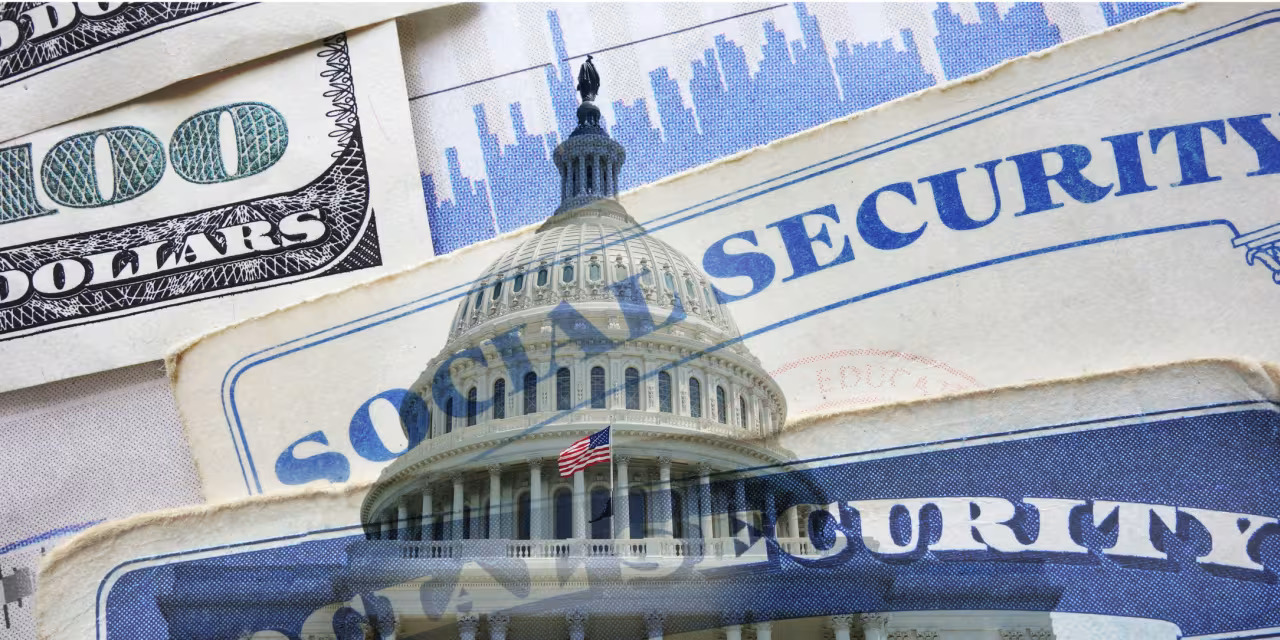Social Security beneficiaries are expected to receive a smaller cost-of-living adjustment (COLA) next year than originally predicted, which aligns with a recent moderation in inflation. Mary Johnson, a retired analyst specializing in Social Security and Medicare, projects the COLA to be approximately 3%, citing May’s inflation figures.
The Consumer Price Index (CPI) reported no change from the previous month and a 3.3% increase from the same period last year. These figures were lower than anticipated, suggesting a potential reduction in inflationary pressures affecting the U.S. economy.
The annual adjustment in Social Security benefits is determined by the Consumer Price Index for Urban Wage Earners and Clerical Workers (CPI-W), specifically from the months of July, August, and September. In May, the CPI-W also reported a 3.3% increase, aligning with the broader CPI trends.

If beneficiaries receive a 3% increase in their monthly payments next year, it would mark a significant decrease from recent years, including an 8.7% rise in 2023 and a 3.2% increase in 2024. Despite this, a 3% increase remains higher than the average 2.6% seen over the past two decades.
For the average retiree receiving $1,907 monthly, a 3% increase would equate to approximately $57.21 more per month. However, concerns persist that the CPI-W might underestimate real inflation for seniors, as it assumes a spending pattern that differs significantly from actual retiree expenses.
Inflation has been a major economic issue, impacting households across the income spectrum but particularly affecting lower-income Americans who face heightened financial strain due to rising costs for essential goods like food and housing.
Despite recent decreases from mid-2022 peaks, inflation levels have remained substantial, with households needing significantly more money each month compared to previous years.
The final adjustment percentage for Social Security benefits next year will be released by the Social Security Administration in mid-October, providing clarity on how much recipients can expect their payments to increase.
